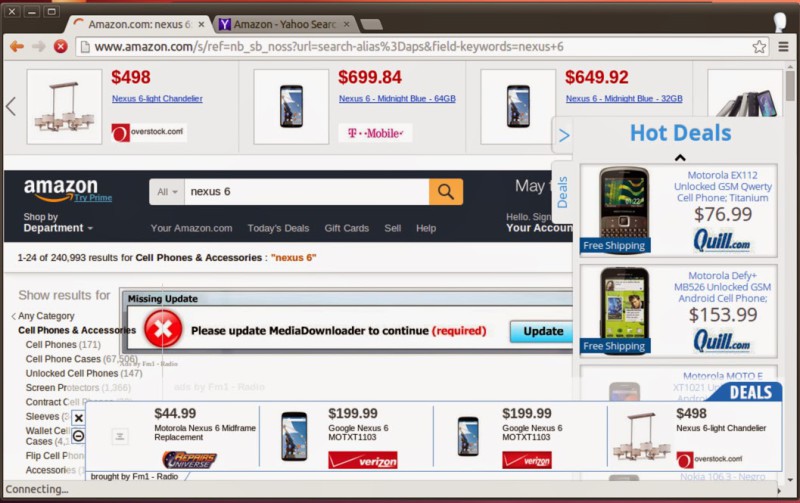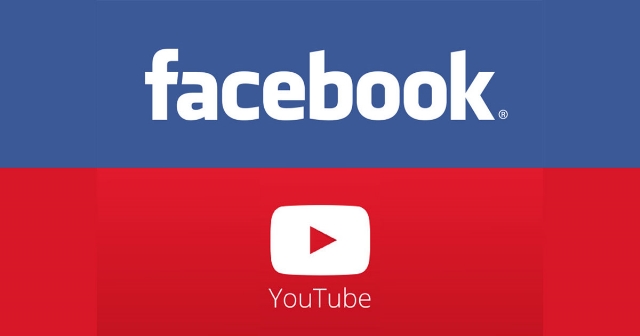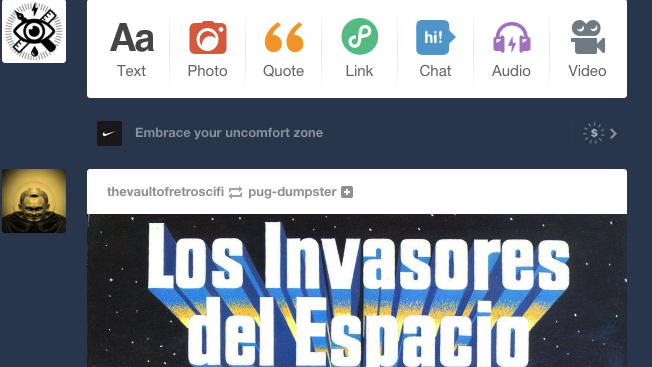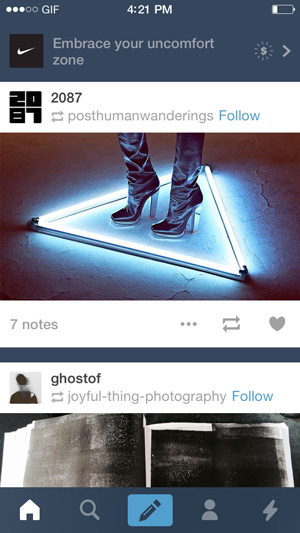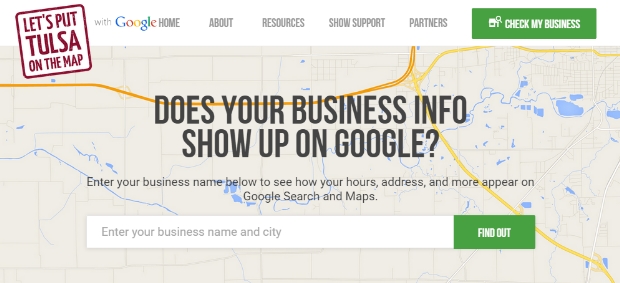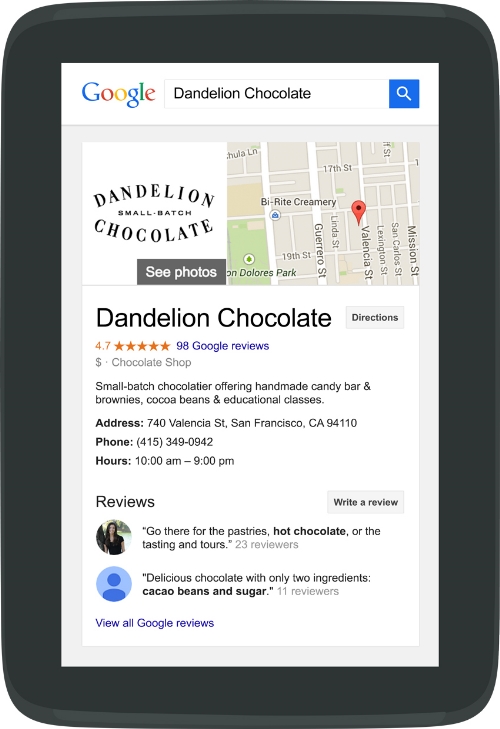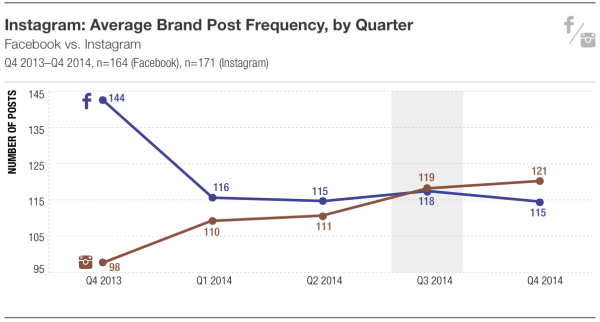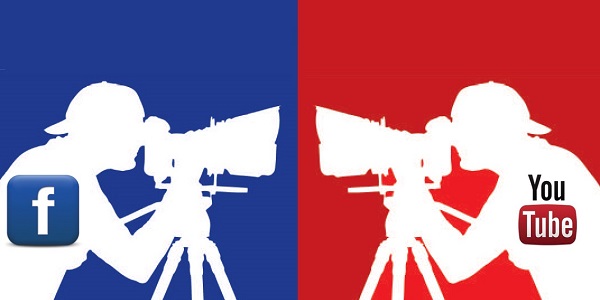
Facebook’s video platform is quickly rising as one of the most popular online video services available due to statistics showing marvelously high video view counts, but experts argue Facebook’s numbers may be misleading. While Facebook claims massive view counts, it is entirely possible YouTube may have a larger lead than it appears at first glance.
What even is a video view?
A video view is the count of how many people watch a video. It can’t be all that complicated, right? Wrong. Online, there is a surprising amount of contention over what exactly constitutes a video view.
For Facebook, a video view is counted every time any video plays for only 3 seconds. On the other hand, YouTube does not consider a video to be “viewed” until it has played for at least 30 seconds.
These contrasting metrics raise numerous questions about the accuracy of view statistics and the efficiency of online videos. Making issues more complicated is autoplay. On YouTube, you have to at least click one video before you are shown an endless feed of autoplaying videos, but you can view a video on Facebook by simply not paying attention when you are scrolling.
View statistics have long been an important metric for display ads, but these factors suggest the advertising industry may need to agree upon a set viewing metric, or turn to other types of data entirely, to accurately gauge the impact of video ads.
Are a few seconds enough?
Think about the last commercial you saw. How long did it take before you knew what the commercial was for? One of the biggest benefits of video advertising is the ability to tell a story with your ad, but this also means it is often not immediately clear what the product being advertised is.
Problematically, both The Media Rating Council and IAB side closer with Facebook’s metric. These organizations define a video ad as viewable “when at least 50 percent of the ad’s pixels are visible on a screen for at least two consecutive seconds.”
Now consider the average length of the Top 10 Best Video Ads of 2014 compiled by AdWeek is 2 minutes and 17 seconds.
It’s time for a new video view standard that reflects the actual impact videos are having. Facebook’s numbers sound amazing on paper, especially in light of how new this incarnation of the video platform is. But, they are less impressive when you consider many of those “views” can occur just because you got distracted with Facebook open.
Videos can be an immensely powerful online advertising tool, but don’t be fooled by misleading numbers. Use analytics to make sure views are turning into clicks and conversions, or consider using a video platform with slightly more strict view counts.
Here’s a rundown of how the biggest video services count views, compiled by Marketing Land:
- YouTube: The Google-owned video network counts a view after a user has watched a video for “around” 30 seconds.
- Facebook: Facebook videos automatically play without audio on users’ News Feeds. Views, which are displayed publicly, are triggered when someone watches for at least 3 seconds.
- Instagram: Facebook’s photo and video sharing network doesn’t display video view counts publicly, but the company uses the same 3-second standard to count them. Instagram video also loops automatically while a video post remains on users’ screens, so instead of total video views, the stat Instagram sends to advertisers is views by “unique users.”
- Twitter: Unlike Facebook and YouTube, Twitter doesn’t currently serve autoplay video (although it is testing the feature for some iOS users), so a view is counted when a user clicks on a video within a tweet. Video view counts are not publicly displayed. Advertisers can view stats within the Twitter ad platform, or for organic tweets from within the analytics dashboard.
- Vine: The Twitter-owned video network autoplays looping video with a maximum length of 6 seconds. Views on the Vine network are called loops, which are publicly displayed and triggered after a user watches the entire video. Vine doesn’t sell ads.

